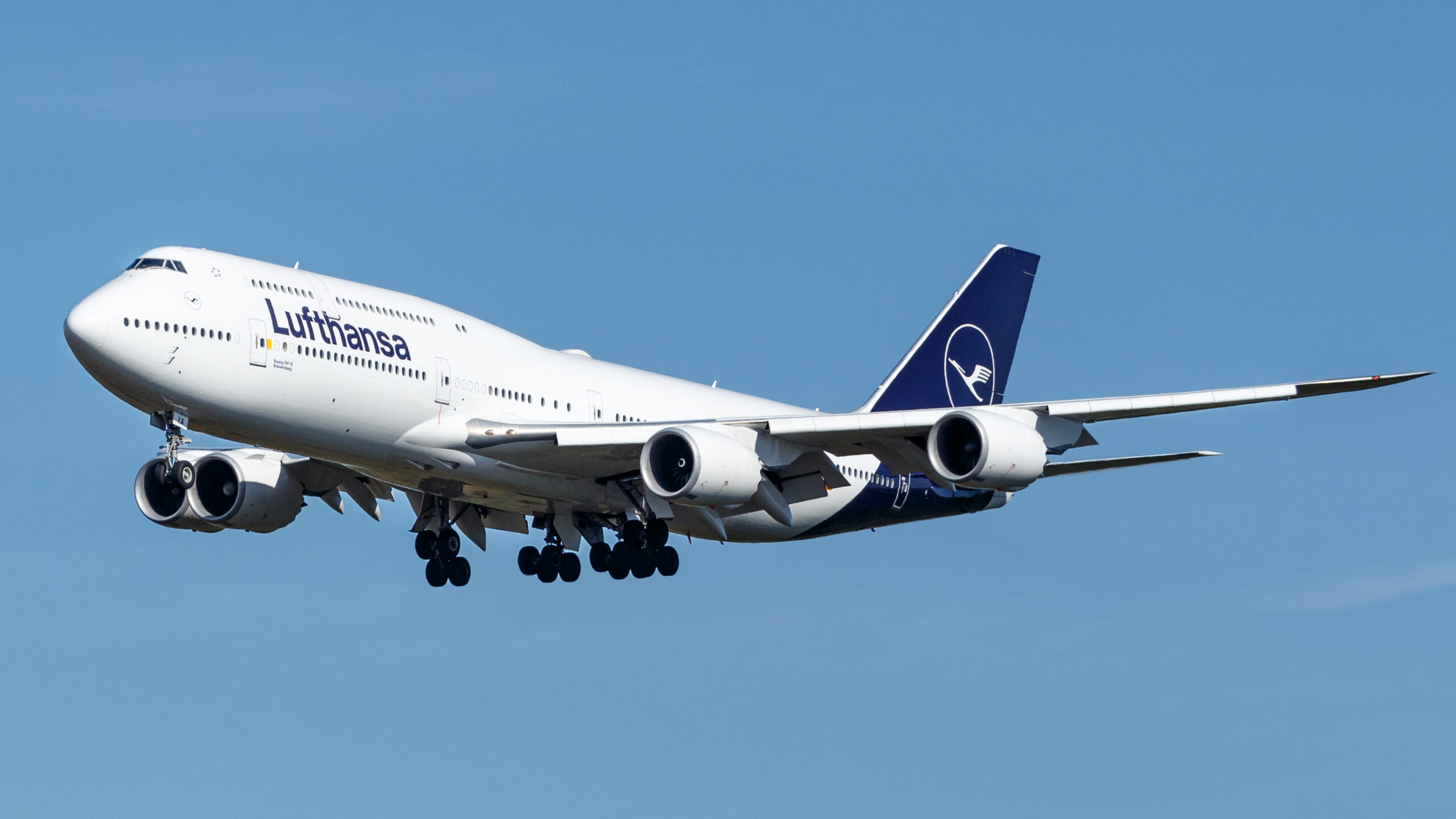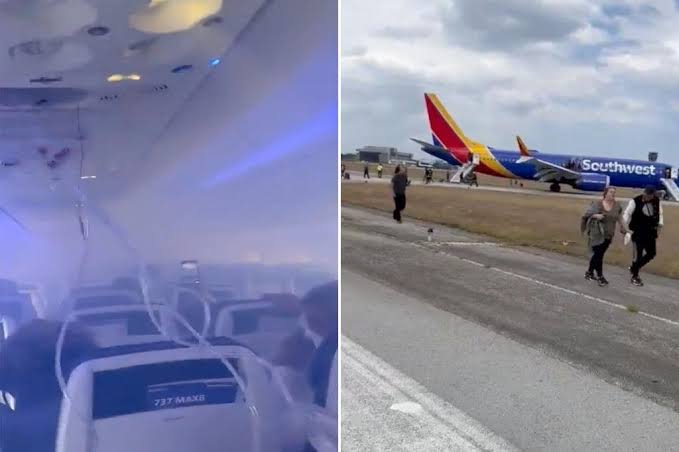Lufthansa Airlines Makes Emergency Landing To Save a Woman’s Life
In a remarkable display of prioritizing passenger health, a Lufthansa Airlines flight recently executed an emergency landing to provide immediate medical assistance to a female passenger in distress. This incident underscores the airline’s commitment to passenger safety and highlights the critical importance of swift action during in-flight medical emergencies.
Incident Overview
During a routine international flight, a female passenger began exhibiting severe medical symptoms that alarmed both fellow passengers and the cabin crew. Recognizing the gravity of the situation, the flight attendants promptly assessed the passenger’s condition and consulted with onboard medical professionals. Given the severity of the symptoms and the potential risks of delaying treatment, the flight crew made the decisive call to perform an emergency landing at the nearest suitable airport.
Emergency Landing Execution
The flight crew coordinated with air traffic control to identify the closest airport equipped to handle medical emergencies. Upon receiving clearance, the pilots skillfully diverted the aircraft, ensuring a smooth and expedited landing. Emergency medical teams were alerted in advance and were on standby as the aircraft touched down. Upon landing, the medical personnel swiftly boarded the plane, provided initial treatment, and transported the passenger to a nearby medical facility for comprehensive care.
Passenger Safety Protocols
Lufthansa Airlines has established rigorous protocols to manage in-flight medical emergencies. Cabin crew members undergo extensive training to identify and respond to various medical situations, ensuring they can provide immediate assistance and make informed decisions about emergency landings when necessary. This incident exemplifies the effectiveness of such training and the airline’s dedication to passenger well-being.
Historical Context
While this recent event highlights Lufthansa’s proactive approach to passenger health, it is not the first time the airline has faced in-flight medical challenges. In 1991, passenger Leonardo Krys suffered a heart attack aboard a Lufthansa flight from Miami to Frankfurt. Despite the severity of his condition, the flight continued to its destination without an unscheduled landing, and upon arrival, Krys was transported to a hospital where his heart attack was confirmed. This incident contributed to the broader aviation industry’s decision to equip aircraft with Automated External Defibrillators (AEDs), enhancing in-flight medical response capabilities.
Industry Implications
The aviation industry continually evaluates and updates safety protocols to address the dynamic nature of air travel. Medical emergencies, while relatively rare, pose significant challenges due to the confined environment and limited resources available at cruising altitudes. Airlines worldwide have implemented measures such as carrying emergency medical kits, providing crew training in basic life support, and, in many cases, installing AEDs on aircraft. These steps aim to enhance the ability to manage medical incidents effectively until the aircraft can land or additional medical support becomes available.
The recent emergency landing by Lufthansa Airlines to assist a female passenger in medical distress underscores the airline’s unwavering commitment to passenger safety and health.
This decisive action not only ensured the well-being of the individual involved but also reinforced the importance of preparedness and swift response in the face of in-flight medical emergencies. As the aviation industry continues to evolve, such incidents serve as critical reminders of the need for rigorous training, comprehensive safety protocols, and the prioritization of passenger health above all else.






